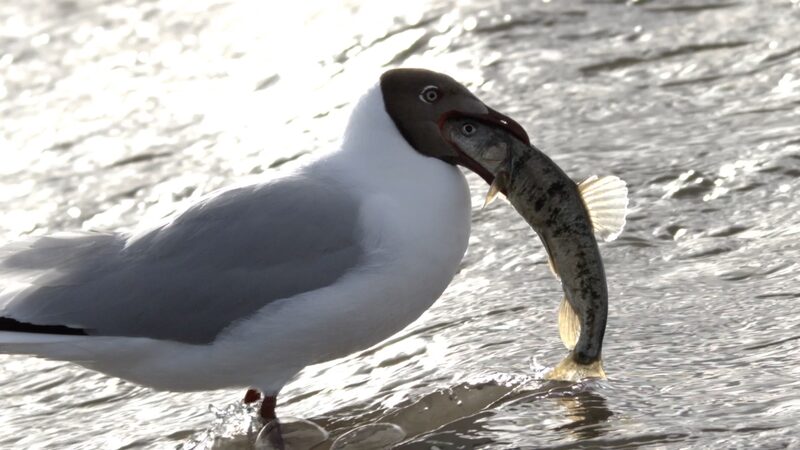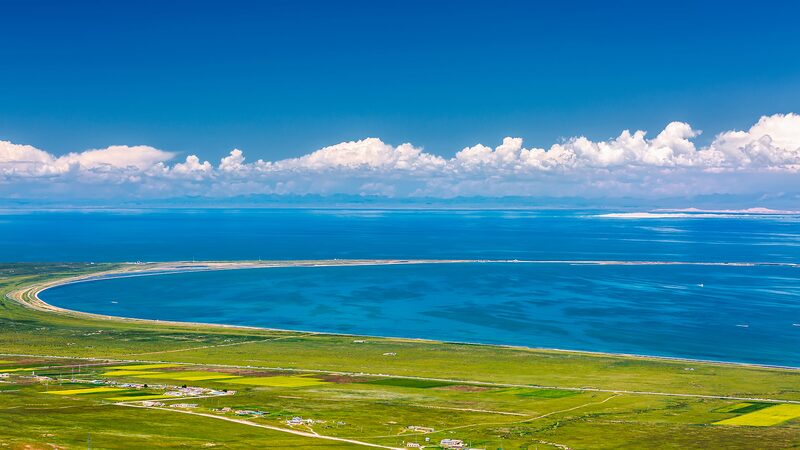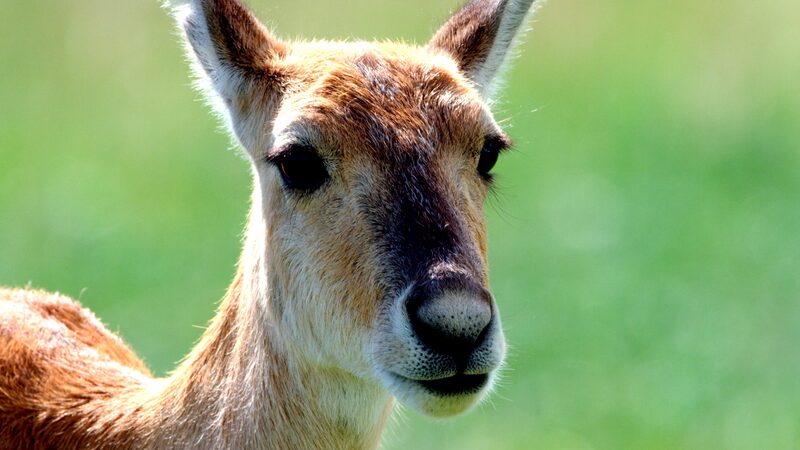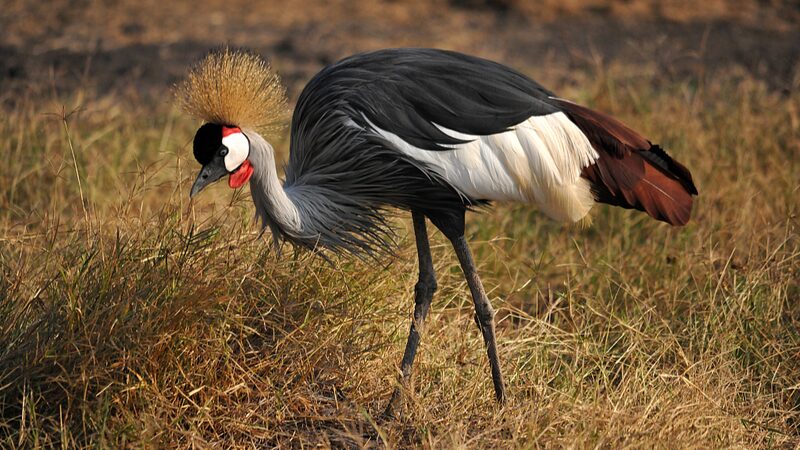From Near Extinction to Ecological Triumph
Every summer, Qinghai Lake—China’s largest inland saltwater lake—transforms into a wildlife spectacle. Migrating naked carp, herders with yaks, and nesting birds paint a vibrant picture of ecological revival. But this scene almost vanished forever. 🏞️
The Fish That Saved a Region… Then Needed Saving
In the 1950s-60s, locals relied on naked carp for survival during food shortages. But overfishing and habitat loss nearly wiped them out, with populations plummeting to 1% of historic levels by the 2000s. 🚨
\"It was a wake-up call,\" say conservationists. Strict fishing bans, habitat restoration, and breeding programs brought the species back. By 2023, their numbers soared to 44x 2002 levels—a recovery so dramatic, their status improved from endangered to vulnerable! 📈
China’s Biodiversity Blueprint
Qinghai’s carp are just one success story. From crested ibises to giant pandas, China’s nature reserves now protect:
- 90% of terrestrial ecosystems 🌿
- 85% of wild animal populations 🐼
- 65% of higher plant species 🌸
General Secretary Xi Jinping emphasized: \"We must foster harmony between humanity and nature.\" Since 2012’s ecological civilization push, 6.7 million hectares of ecosystems have been restored. 🌏
Global Impact & Youth Relevance
With protected areas covering 18% of its land, China now leads in international biodiversity partnerships. As Gen Z demands climate action, these efforts show how policy + science can reverse environmental damage. 💪
Next time you see a viral panda video 🐼, remember: it’s part of a bigger story. One where even a humble fish can spark nationwide change.
Reference(s):
cgtn.com






